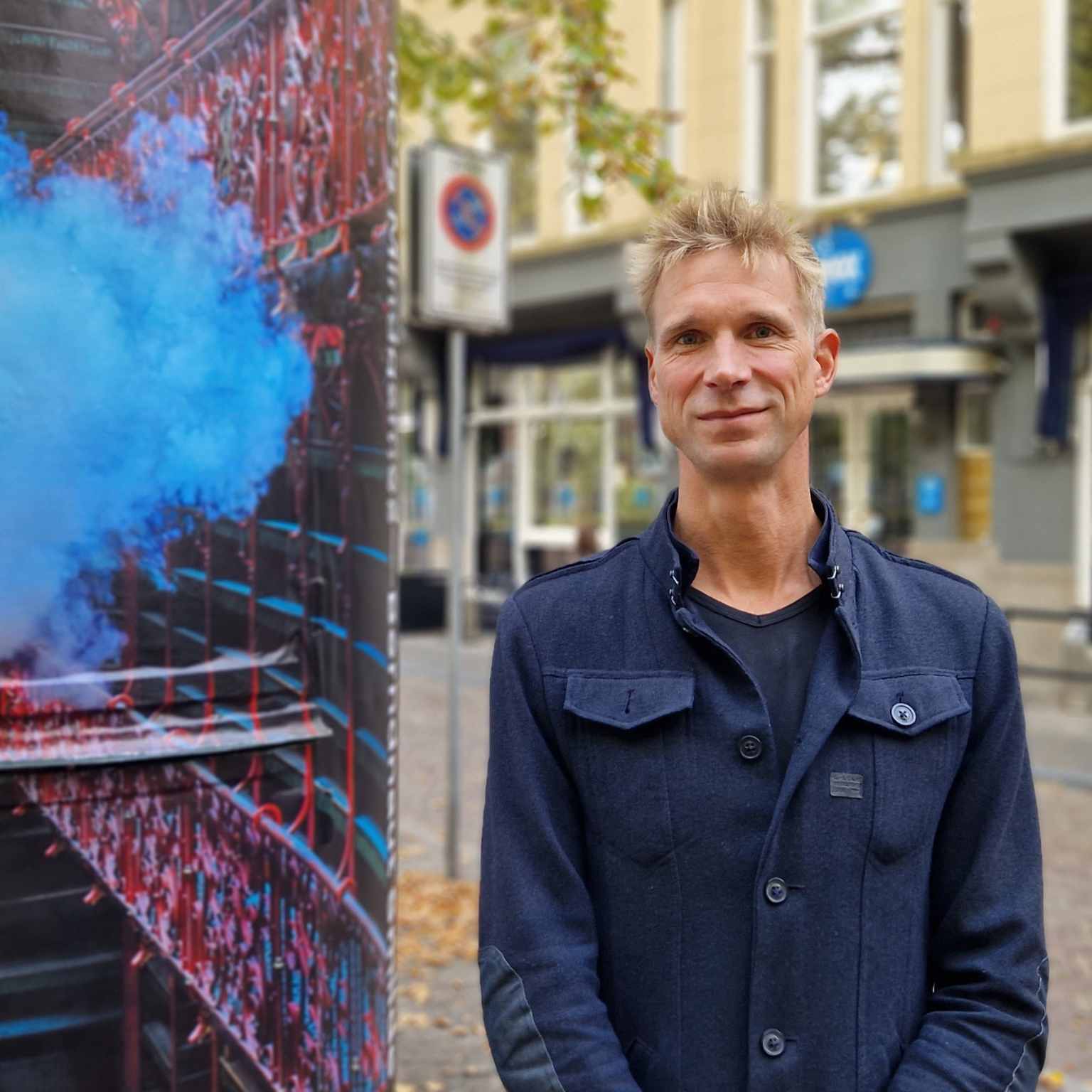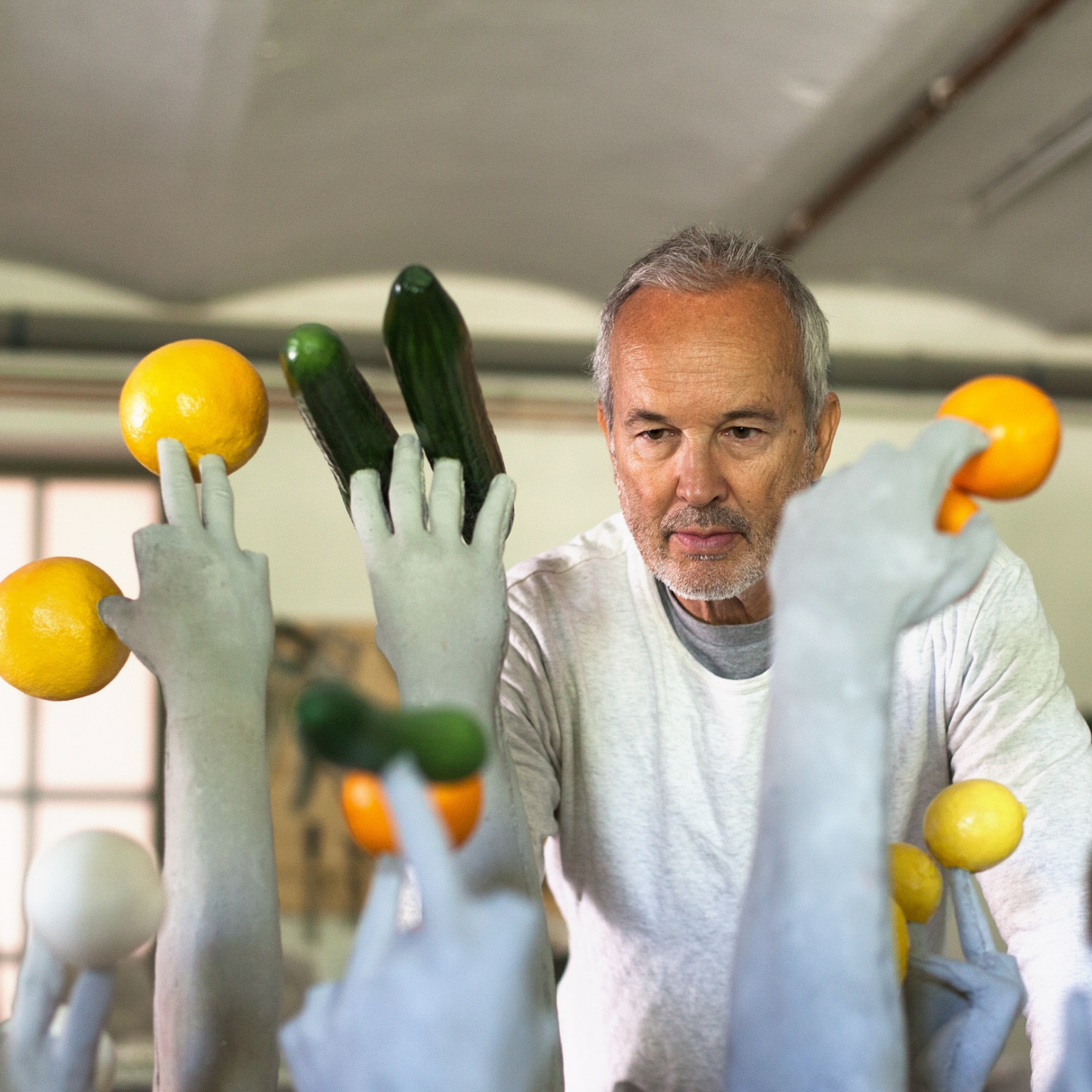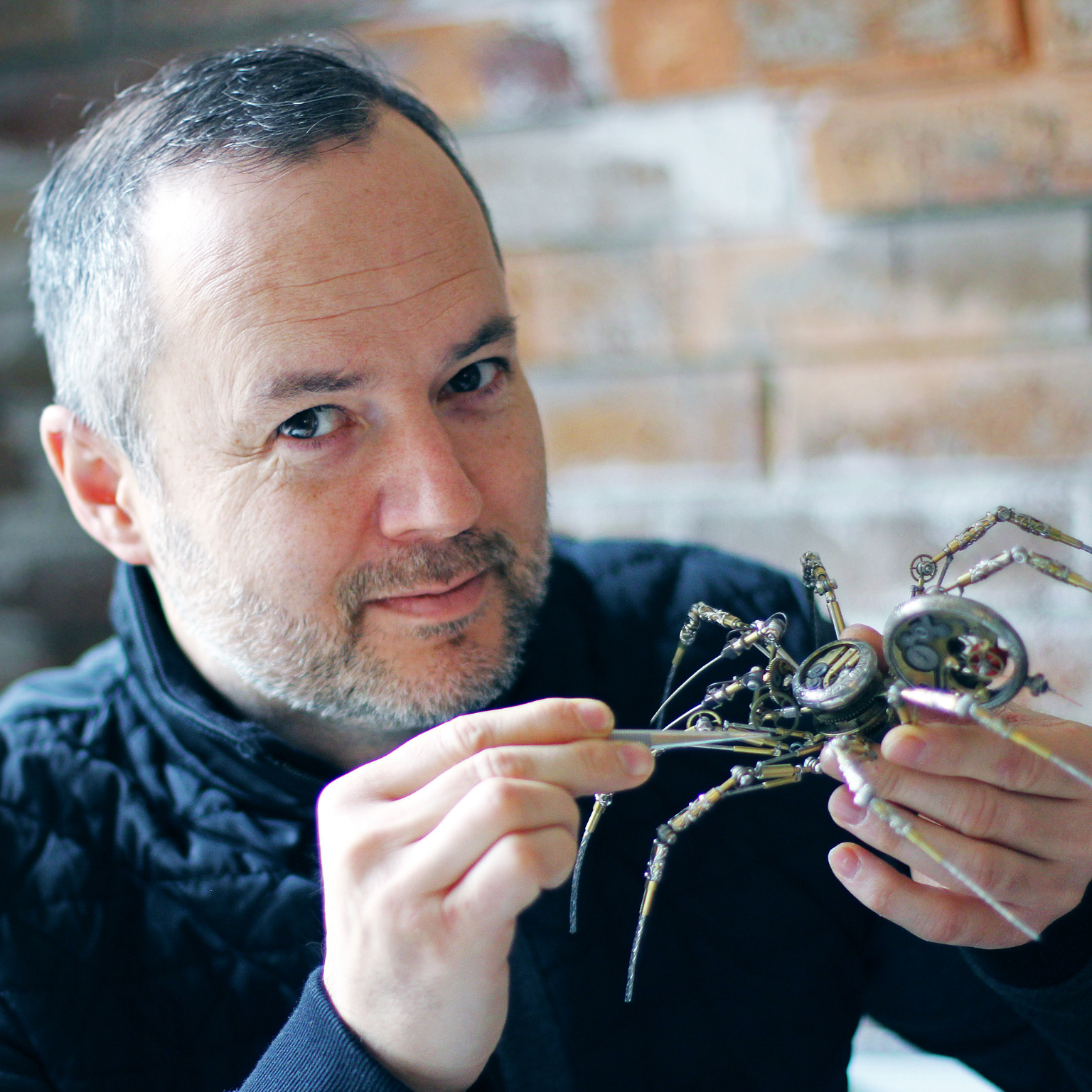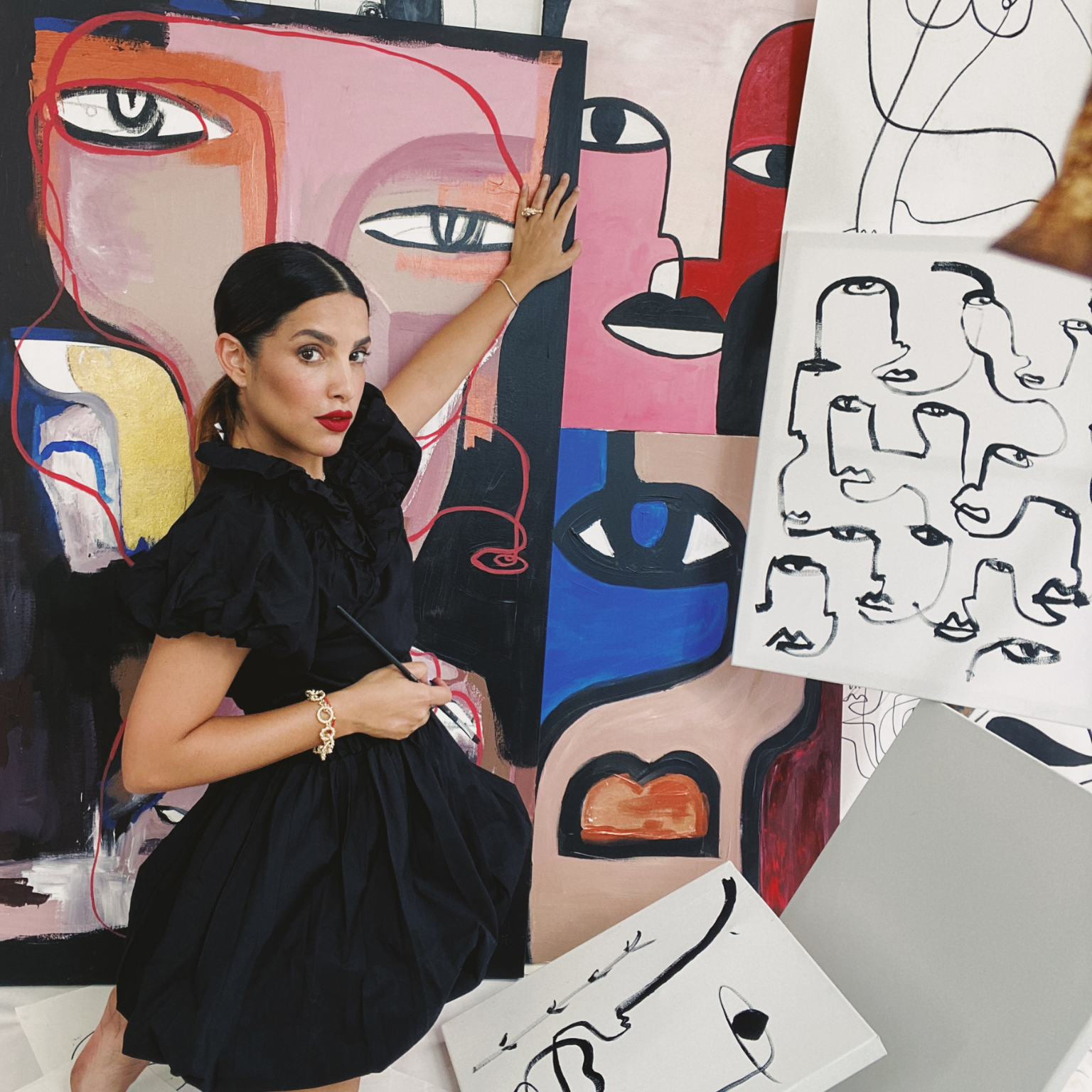Berndnaut Smilde, visual artist from the Netherlands. Photo © Hein Lobach
This interview aligns with the ‘Nature and Culture’ campaign initiated by the Culture For Causes Network in November 2022. Within this framework, an exhibition titled ‘Reconciliation with the Living’ was exhibited in Paris at UNESCO HQ, focusing on the theme of harmonizing humanity with itself and the natural world; the exhibition travelled to Florence and to Lisbon as well. Additionally, MuseumWeek 2023 featured numerous hashtags related to environmental topics. A video series titled ‘Nature and Art’, a collaborative effort between UNESCO and the Solomon R. Guggenheim Museum, was also showcased as part of this initiative.
Tell us what you do and your beginnings.
My work consists of installations, sculptures, and photographs. Amongst other things, I make clouds inside spaces. Initially, I wanted to study architecture. However, I soon realized that I wanted something more practical rather than technical.
Perhaps I’m a bit impatient and wanted to get building right away. So, I applied to art school and decided to become an artist. I also concerned myself with architecture artistically, mainly through painting, and this activity gradually evolved into sculptures and installations.
After my BA, I did a Master’s where I focussed more on sculpture and spatial interventions. Having worked in artist-run spaces for many years, these architectural interventions culminated in the idea of a cloud.
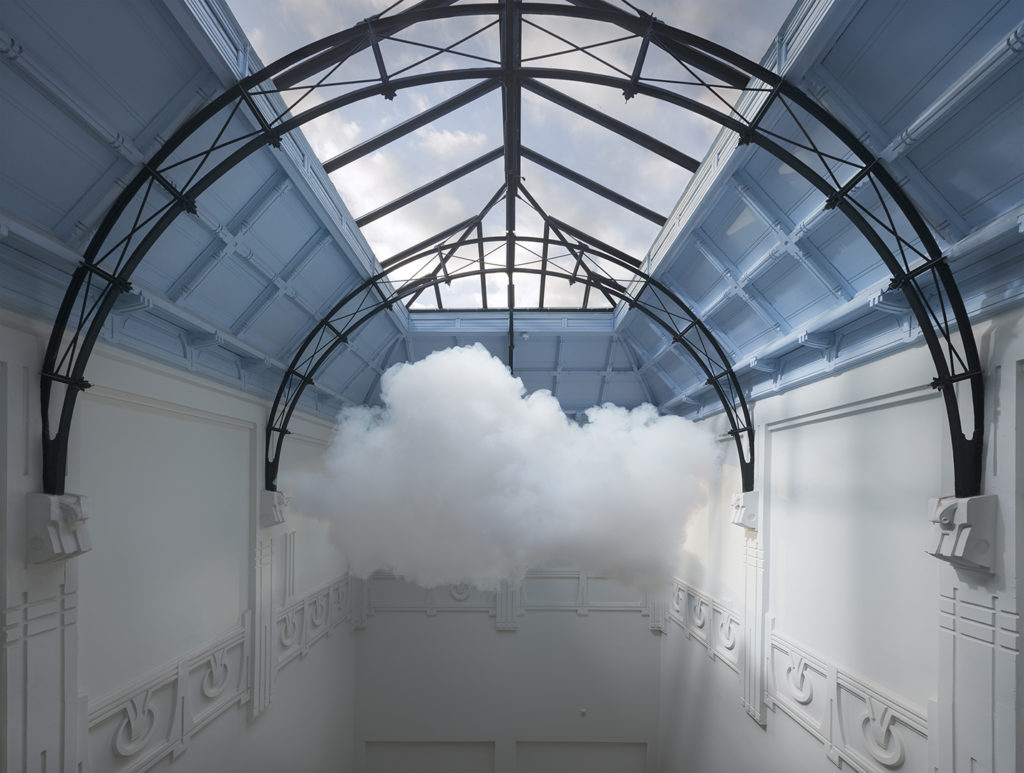
I see the clouds as temporary sculptures made for a specific location. Although I’m creating the work on site I’m not performing the cloud. The cloud is the actual artwork.
As the clouds aren’t durable and fall apart the moment they grow, the work is captured in a photograph which functions as a document of something that took place in a specific location and is now gone. You could say that the work is not so much the photograph itself as the scene that it evokes.
Art historian Laura van Grinsven described it very nicely, that through the photograph we are re-living the moment in our minds again making the cloud even more important in its absence than its presence.
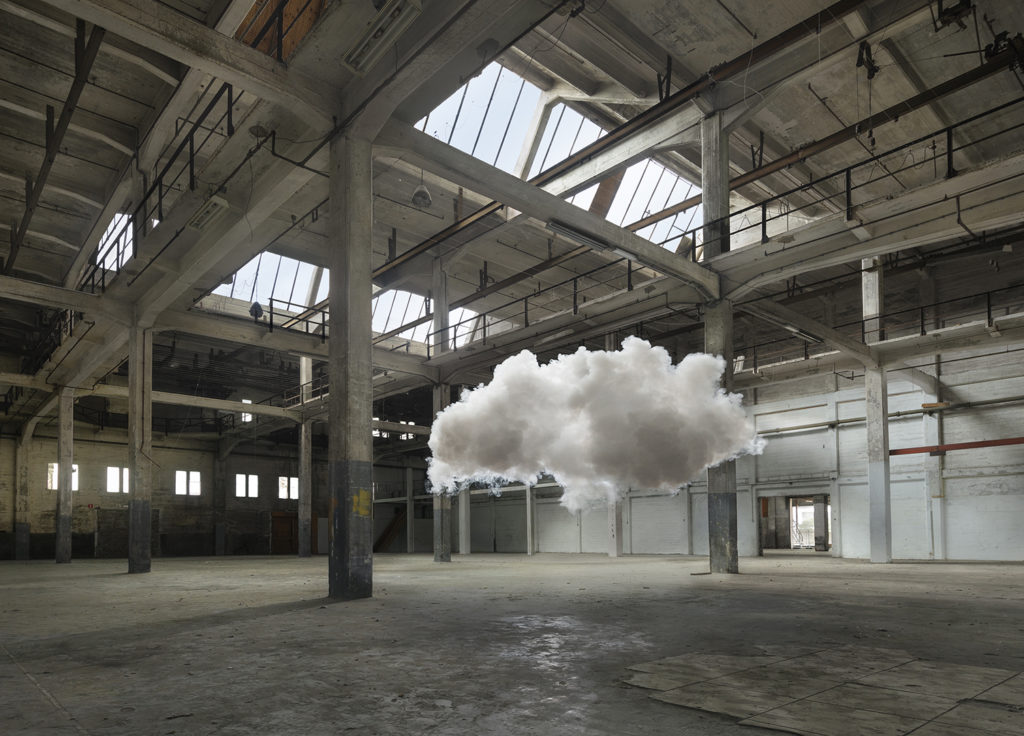
The cloud is a great metaphor and it can change its context, and its interpretation, with each space. The old chapel at the Hotel Maria Kapel art space in the Dutch town of Hoorn where I made my first cloud, for example, emphasized the divine connotations, but in other environments, it could appear as an element escaped from a landscape painting, a thought, a concealing element, or simply an in-between state.
This fleeting aspect is something I’ve embraced in other works as well:
The Breaking Light series is a continuous attempt to break light at a large scale. It started from the idea of using a lighthouse by placing a prism in front of the light to project a rainbow onto the surroundings. I wanted to impose a natural phenomenon onto the surroundings like a temporary hack in the landscape.
A rainbow is even more fleeting than a cloud. The clouds I make consist of smoke and water, but a rainbow is even more intangible, it isn’t even physically there. It just occurs as a refraction in our eyes, in our perception.

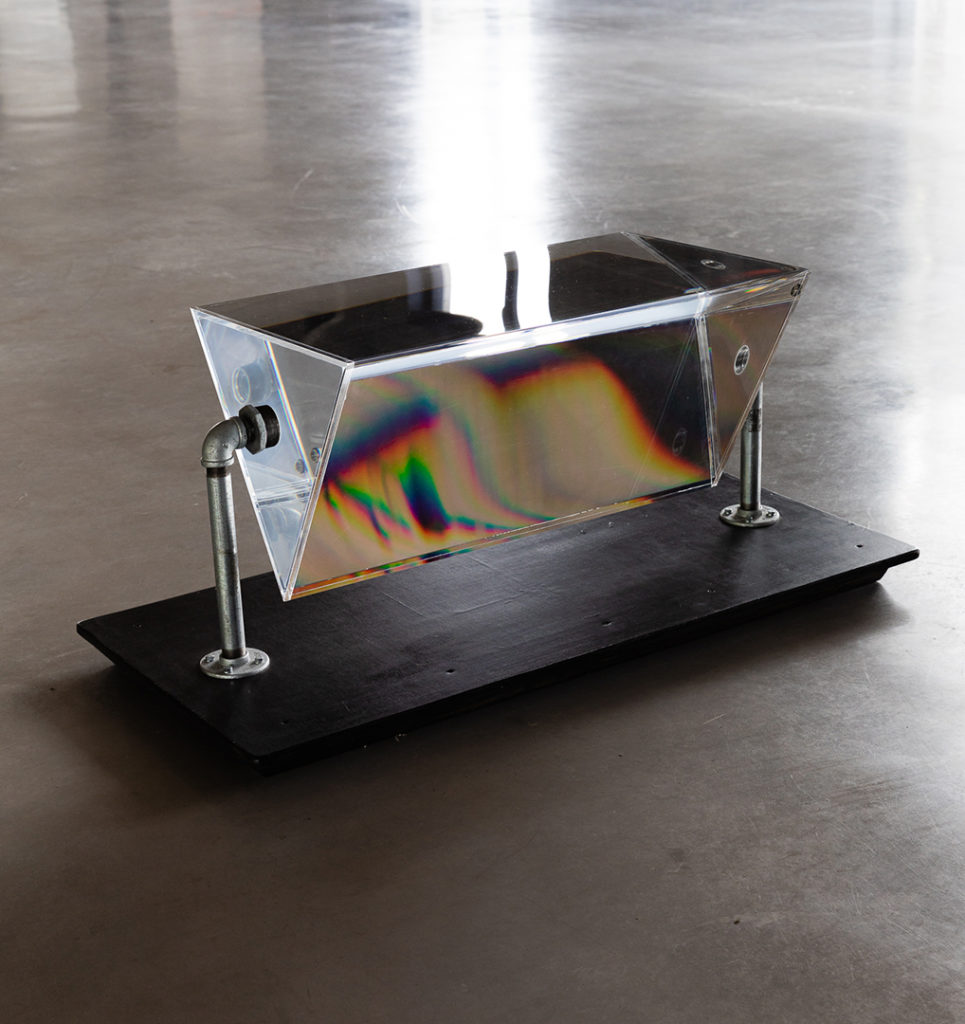
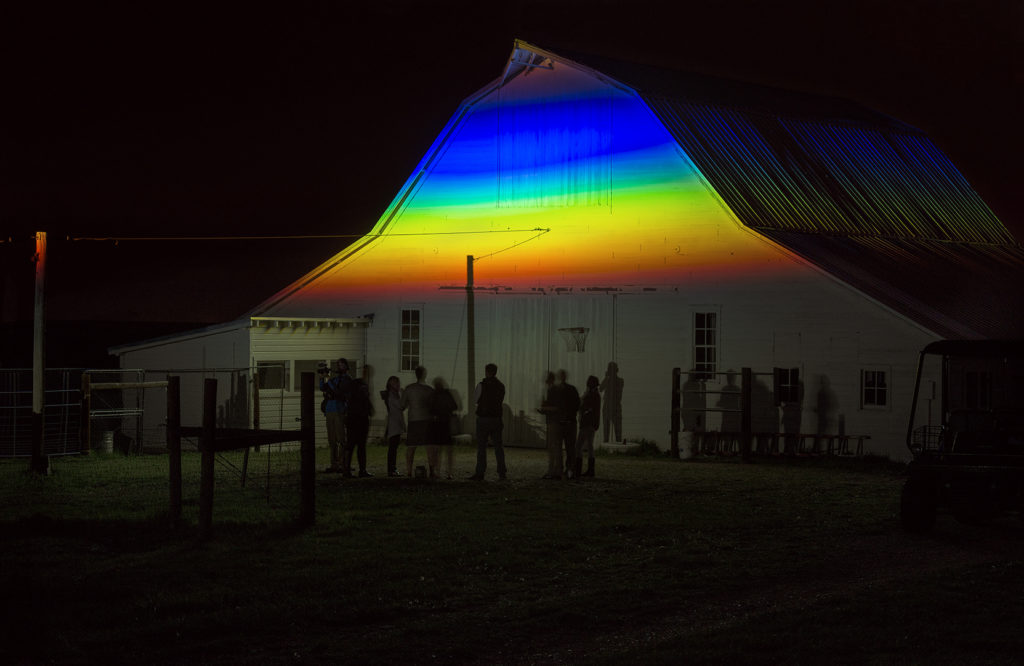
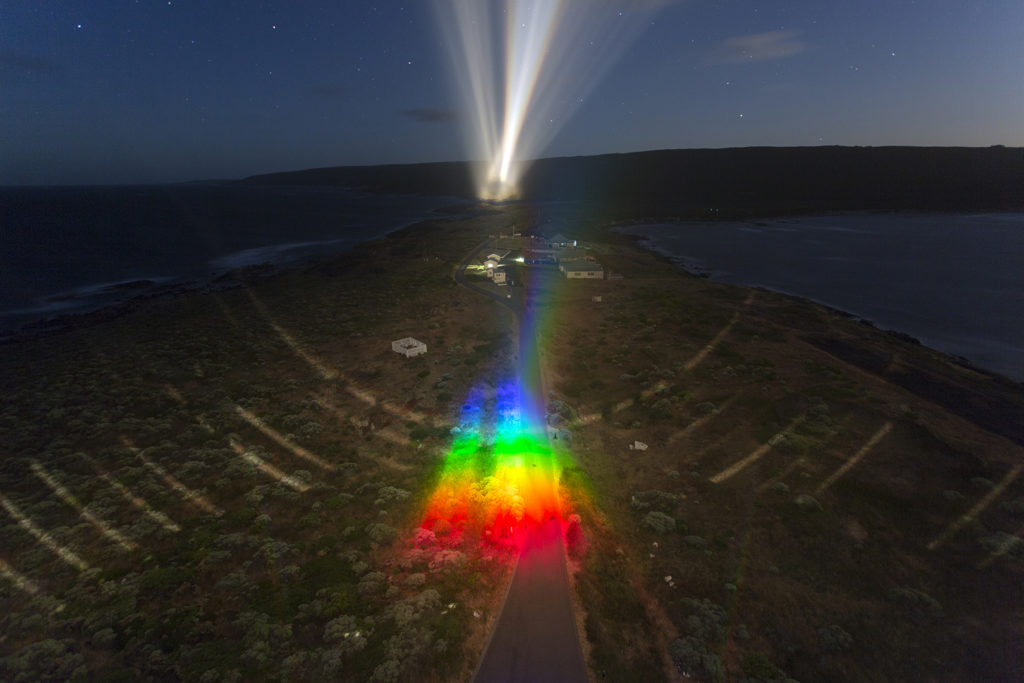
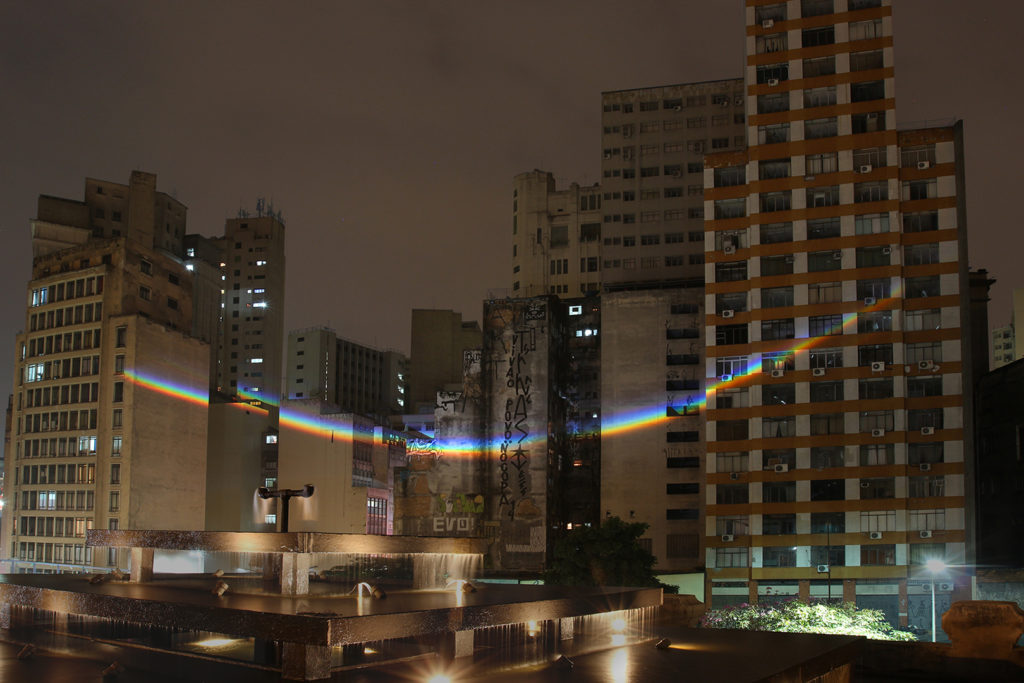
© Berndnaut Smilde, courtesy of the artist and Ronchini Gallery
Many of my works thus seem to function but are often destined to fail. Like the cloud that grows and grows but disperses again in the next moment.
Whether it’s material-based, physics-based, or based on the perspective of the viewer, the prospect is often just a façade in my work, which deals with perfection and the ideal. The work either denies itself, or it’s so delicate that it breaks up and shows its impermanence.
What does your work aim to say?
Changing the order of how we perceive things is something I tend to do, by bringing a cloud inside a space or presenting a rainbow upside down you take elements out of their natural context and could read them differently. A sign of hope that a rainbow stands for could become something else.
When people are triggered by the works in one way is what I want to achieve. I hope to eventually reach a larger state than that, potentially a sublime feeling. This could include hope, beauty, and threat.

Where do you find inspiration for your art?
My ideas can be triggered by many things − a moment or a scene. In Werner Herzog’s film Fitzcarraldo, for instance, the protagonist drags a huge riverboat over a mountain. It’s a crazy visualization of the impossible.
Sometimes it’s specific materials like Aerogel, which consists almost entirely of air and is therefore the lightest artificial material on earth. But it might also be a word such as “antipode”, which makes me aware of a place that always represents the greatest possible contrast to the place I’m at right now.
Could you give us some insight into your creative process?
Mostly, my ideas start with a question like… “What if?” and in order to see what can be done, you have to try out any means possible to create an idea or an image, even if it’s just for a short-lived moment.
The difference to a scientific approach is that I primarily build things to see them for myself, without needing to prove their validity. Basically, I’m visually oriented.
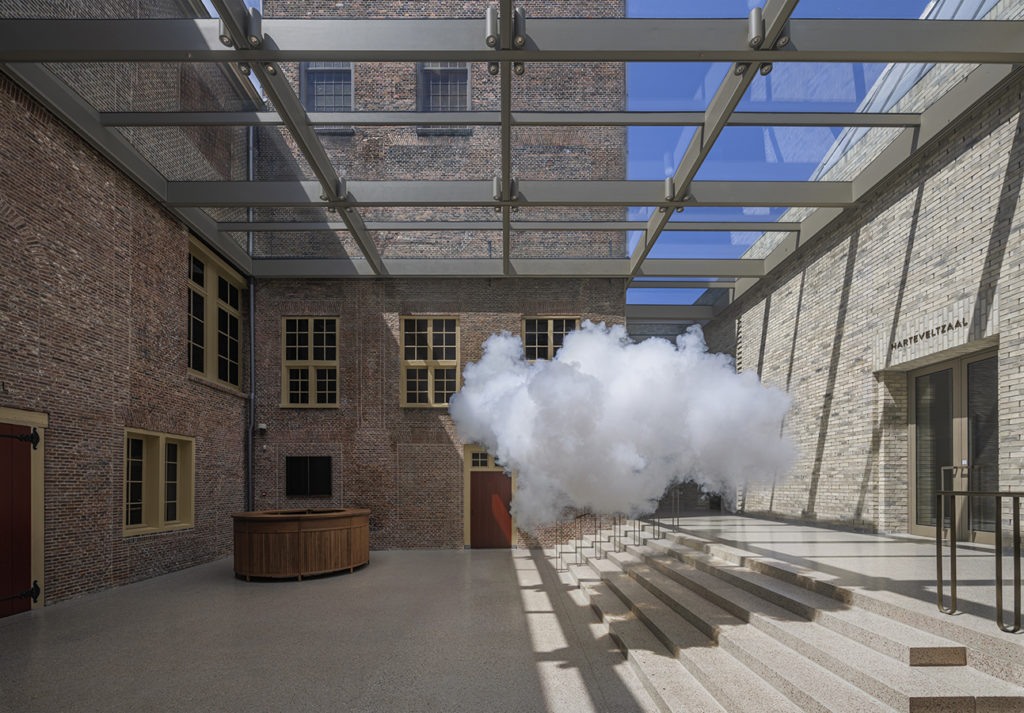
What are your future projects?
I just started on an artwork for a Hotel in Amsterdam. A group show is opening next week at Museum Gegenstandsfreier Kunst in Otterndorf, Germany. There are a couple of commissions planned for next year in France, the USA, and China and I’ll be working towards a solo show with my gallery – Ronchini Gallery – in London.
Interview by Fabio Pariante, Twitter / Instagram / Website
